Introduction to Tanker Tractor Trailers
In the world of transportation, particularly within the freight and logistics industry, tanker tractor trailers play a monumental role by facilitating the movement of various liquid commodities. These essential vehicles are designed with specific features and configurations that allow them to handle the transport of liquids safely and efficiently.
In this detailed overview, we will delve into the fundamental characteristics, types, operational protocols, and regulatory frameworks governing tanker tractor trailers, ensuring a comprehensive understanding that can aid logistics professionals, fleet operators, and stakeholders in making informed decisions.
Key Features of Tanker Tractor Trailers
Tanker tractor trailers differ significantly from standard freight carriers. Below are some critical characteristics that define these vehicles:
| Feature | Description |
|---|---|
| Construction | Tanker trailers are usually made from robust materials, such as aluminum or stainless steel, to withstand corrosive elements and high pressure. |
| Shape and Design | The design often incorporates a cylindrical shape, which is essential for distributing the load evenly and reducing the risk of accidents. |
| Capacity | Standard tanker trailers can carry between 5,000 to 11,600 gallons (19,000 to 44,000 liters) of liquid, varying by application specific requirements. |
| Safety Systems | Enhanced with features like baffles to minimize sloshing during transport, safety valves, and pressure relief systems to prevent overpressure situations. |
| Tractor Unit | The tractor unit is equipped with powerful engines designed to handle the extra weight and ensure smooth towing. |

Types of Tanker Tractor Trailers
Understanding the various types of tanker trailers is essential for identifying the best solutions for transporting specific liquid types. Here are the prominent categories of tanker tractor trailers:
1. Food Grade Tankers
Food-grade tankers are specially designed to transport consumable liquids such as milk, juices, and edible oils. These trailers are constructed from food-safe materials and treated to eliminate contaminants.
Key Characteristics:
- Smooth interior surfaces to avoid residue buildup.
- Specialized cleaning regulations to maintain hygiene standards.
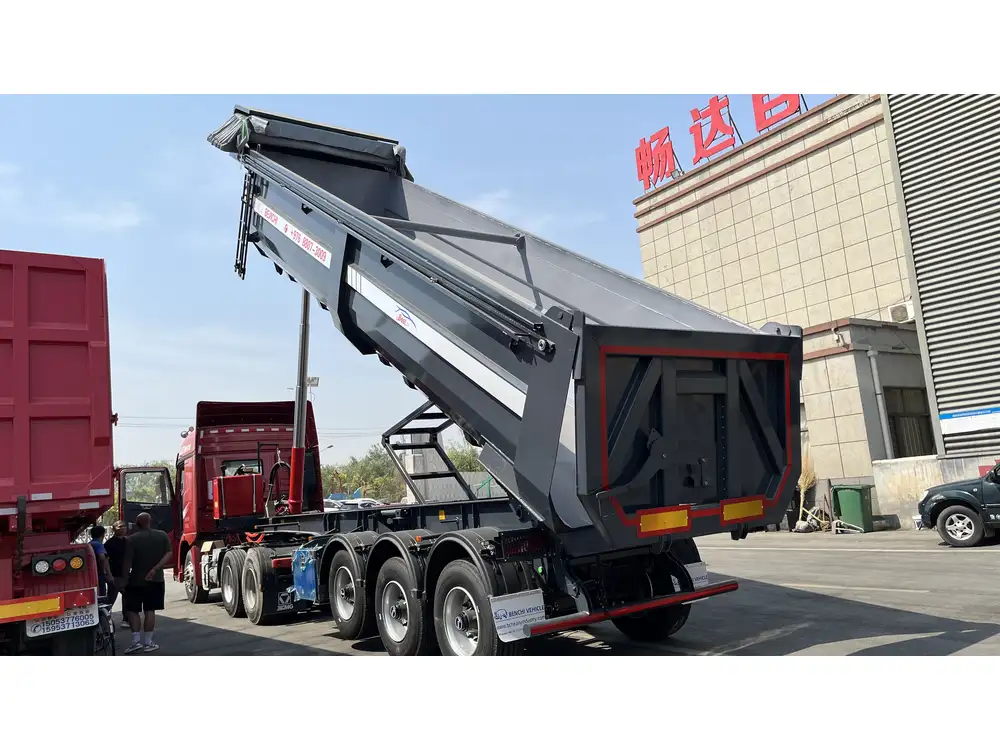
2. Chemical Tankers
Used for transporting hazardous chemicals, these tankers must comply with stringent safety regulations.
Key Characteristics:
- Containment systems designed to prevent leaks.
- Valves and fittings made from non-reactive materials to prevent chemical reactions.
3. Petroleum Tankers
Petroleum tankers transport various petroleum products, such as gasoline, diesel, and oil. They are designed to handle flammable liquids safely.
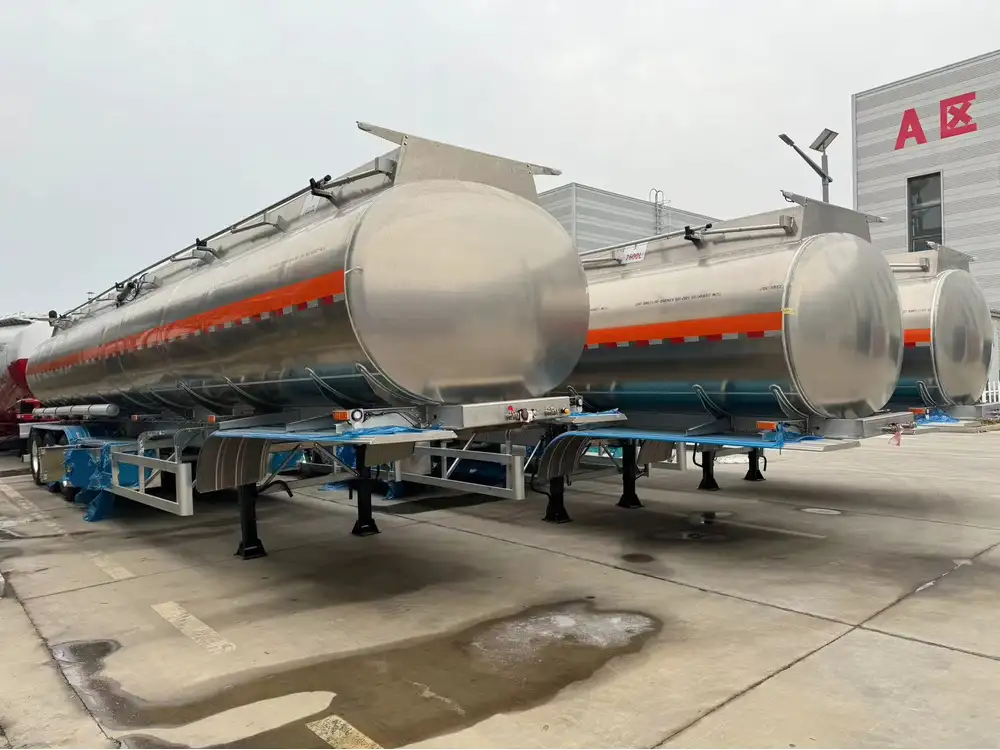
Key Characteristics:
- Equipped with dual compartment storage to carry different fuels simultaneously.
- Grounding systems to minimize static electricity.
4. Refrigerated Tankers
These specialized tankers carry temperature-sensitive liquids, including certain chemicals and food products, requiring a regulated environment.
Key Characteristics:
- Built-in refrigeration systems to maintain specific temperatures.
- Insulation to prevent thermal loss during transport.
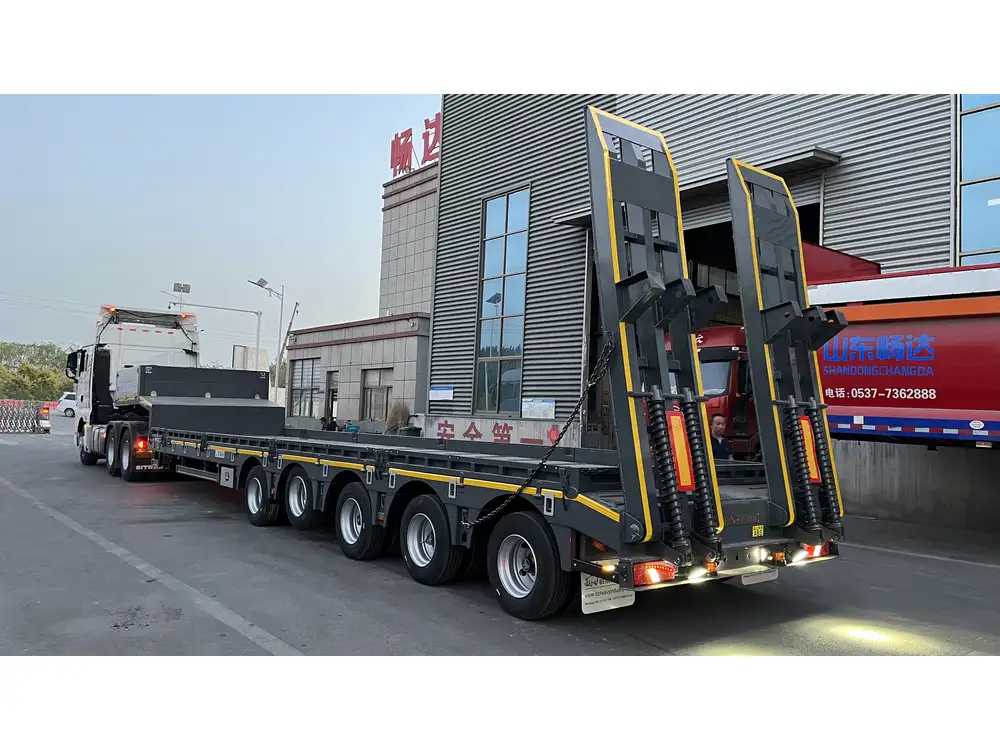
Operational Protocols
Operating tanker tractor trailers involves strict adherence to protocols to ensure safety, efficiency, and regulatory compliance. Below are the essential operational protocols necessary for successful tanker operations:
Loading Procedures
Pre-Loading Inspections: Conduct inspections of the tanker to ensure it’s clean and free from any previous cargo residue, particularly in food-grade transport.
Proper Loading Techniques: Utilize the right equipment and follow safe loading techniques to prevent spills and ensure stability.
Weight Distribution: Ensure even weight distribution to avoid dangerous shifts during transit.
Handling Techniques
Driving Techniques: Drivers must be trained in specific techniques for handling tanker trailers, including adjusting for liquid slosh during acceleration, turns, and stops.
Emergency Protocols: Drivers should be trained in emergency response procedures in case of leaks or other incidents.

Unloading Procedures
Safety Checks: Re-evaluate safety equipment and ensure the area is clear before unloading.
Use of Proper Equipment: Utilize pumps, hoses, and valves designed specifically for the material being unloaded to minimize contamination and risk.
Regulatory Framework
The operation of tanker tractor trailers is heavily governed by national and international regulations geared towards safety and environmental protections. Below are some of the primary regulations affecting tanker operations:
1. Department of Transportation (DOT)
The DOT establishes federal safety standards for the transportation of hazardous materials, including specifications for vehicle design and operator training.
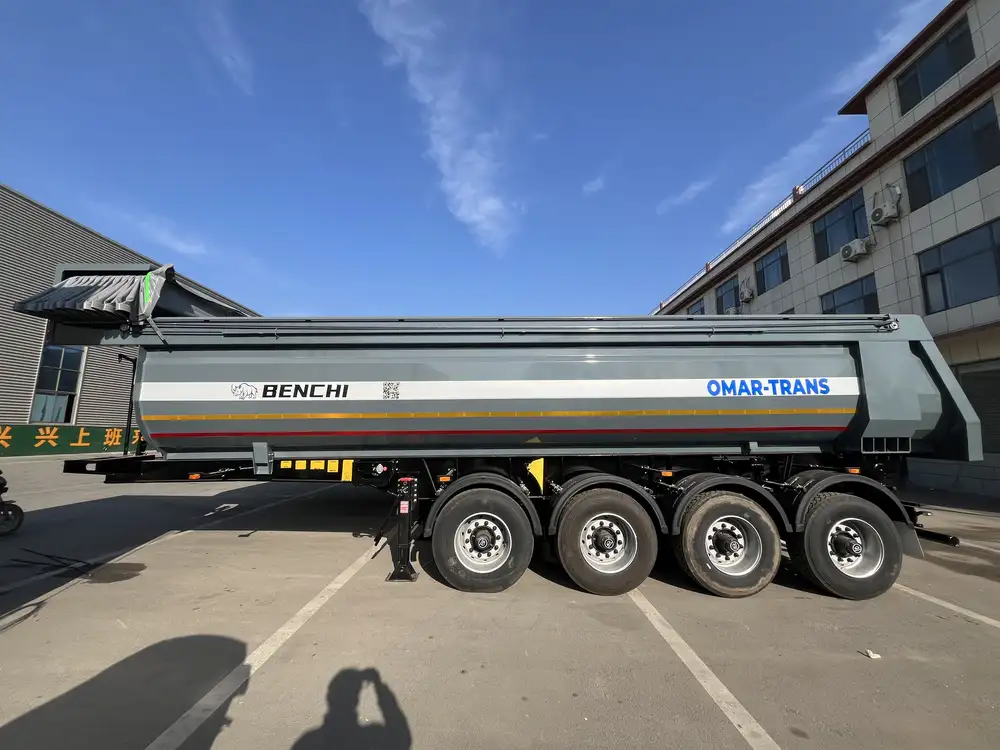
2. Environmental Protection Agency (EPA)
Regulations from the EPA focus on minimizing environmental impact, requiring compliance with emission standards and spill prevention measures.
3. Department of Transportation Hazmat Regulations
Regulations outlined here address the specific manner in which hazardous materials must be labeled, transported, and disposed of.
4. International Maritime Dangerous Goods Code (IMDG)
This code provides regulations for the transport of hazardous goods by sea, relevant for spill containment and safety measures during cross-continental transport.

The Importance of Safety in Tanker Transportation
The inherent risks associated with transporting liquids—especially hazardous or flammable materials—underscore the emphasis on safety within the tanker trucking sector. The implementation of rigorous training programs, regular maintenance schedules, and strict adherence to safety protocols isn’t just a procedure; it’s the backbone of responsible transport management.
Key Safety Measures
- Training Programs: Regular, structured training for drivers on handling specific liquids and emergency procedures.
- Vehicle Maintenance: Routine maintenance checks focusing on brakes, tires, and coupling systems, ensuring optimal performance and safety.
- Safety Equipment: Equipping all tankers with the necessary safety gear, including fire extinguishers, spill kits, and first aid kits.
Future Trends in Tanker Transportation
As the logistics industry evolves, several trends are shaping the future of tanker transportation:

1. Technological Advancements
The introduction of advanced materials and smart technologies is driving efficiency and safety enhancements in tanker designs. Innovations such as integrated tracking systems provide real-time updates about the location and condition of the cargo.
2. Sustainability Initiatives
With a growing emphasis on sustainable transportation, the industry is witnessing a shift towards using eco-friendly materials and practices. This movement is crucial to reducing the carbon footprint associated with liquid transport.
3. Enhanced Regulatory Compliance
Anticipating stricter regulations aimed at protecting the environment, companies are investing in compliance training and adopting technologies that enhance safety and reduce risks.
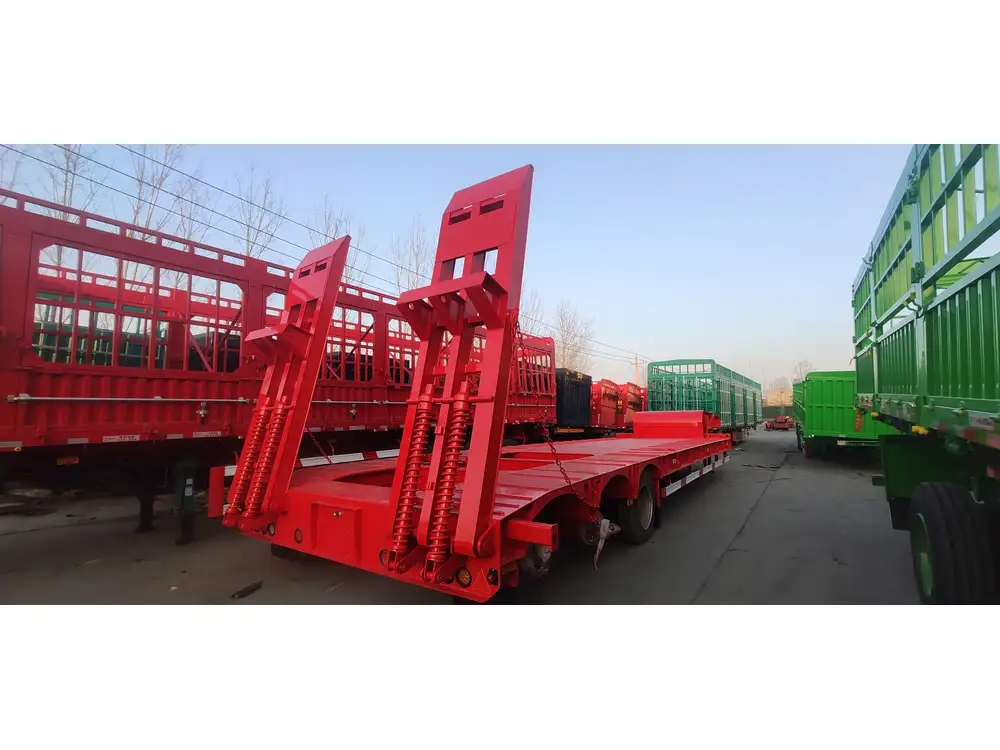
Conclusion
Tanker tractor trailers are pivotal in the liquid transport sector, embodying a blend of specialized construction, operational safety, and regulatory compliance. As the industry continues to grow and adapt, understanding these vehicles’ intricate details is essential for fleet operators, logistics providers, and consumers alike. By maintaining a focus on safety, adopting technological advancements, and adhering to regulations, stakeholders can foster a more efficient, safer, and environmentally responsible logistics landscape.
The information provided herein serves as a comprehensive resource for understanding the critical functions and considerations surrounding tanker tractor trailers, ensuring all participants in this sector are equipped to navigate the complexities involved in liquid transportation proficiently.



